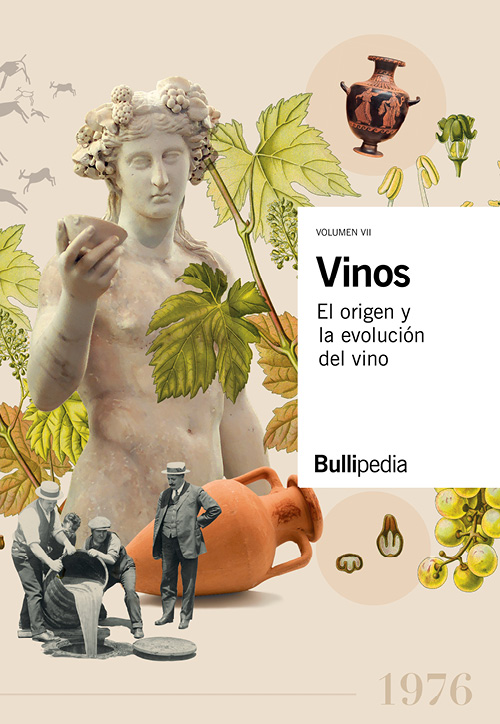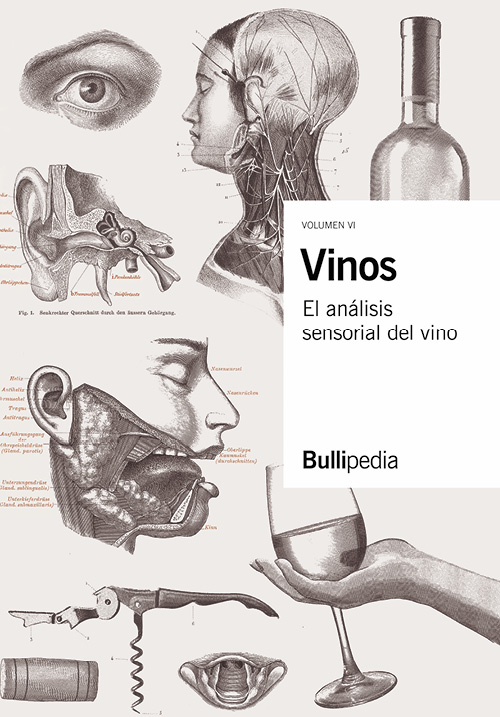
elBullifoundation

elBullifoundation

elBulliDNA

elBulliDNA

Bullinianos

Bullinianos

elBullistore

elBullistore


Estamos realizando tareas de mantenimiento.
En unos momentos la web volverá a funcionar con normalidad.
CHAPTER 6
The ageing of wine, a step usually carried out after fermentation, is the theme of this chapter: the process to which a young wine, often excessively full of vim and vigour, is subjected in order for it to repose and gain the prized qualities of complexity and equilibrium. In short, its passage to becoming an adult wine. The Spanish word “crianza” comes from the term “criar” (to instruct, educate and direct) and, when it refers to wine, its aim is to modify both the aroma and taste – to soften it, round it off and give it a delicious flavour. However, not all wines age in the same way, or have the right qualities to be subjected to this maturation process successfully. Therefore, we also explain what qualities a wine must have in order to age well.
This chapter focuses on the oak barrel – the best known and most essential tool for aging wine. We explore the origins of this practice and deepen our knowledge of oak wood, as well as examining possible alternatives to oak.
In order to trace the evolution of wine aging tools, we will review some techniques that aim to imitate and improve on, in terms of cost and quality, the use of barrels. Micro-oxygenation and the use of wood chips are examples of these tools and techniques, and these are increasingly used in the wine industry.

 RETURN TO BOOK
RETURN TO BOOK












